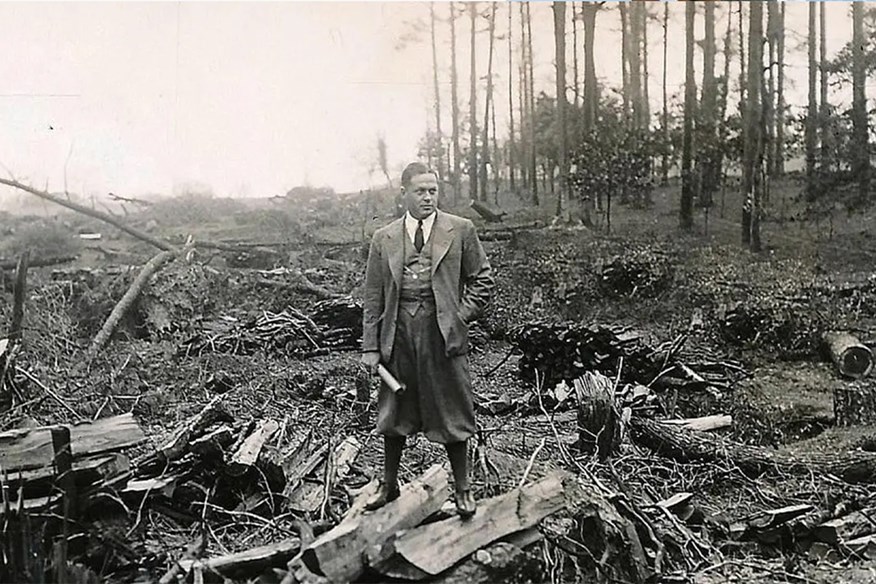The strange reason this Masters legend used to sleep with his putter
Published:
Few men in the world know as much about Augusta National Golf Club co-founder Bobby Jones as author Sidney Matthew. The writer of The Life and Times of Bobby Jones reveals the truth behind the Masters legend…
Mention the name Bobby Jones and a few facts will instantly spring to mind.
He is the only man to win the Grand Slam in a calendar year. He’s the man who founded and helped design Augusta National Golf Club. He was a tremendous player who retired from golf to practice law at the age of 28. He was the game’s ultimate gentleman – a golfer who lost the 1925 US Open in a playoff after calling a penalty on himself, then rebuffed any admiration for his actions by stating “You may as well praise a man for not robbing a bank”. A star who won five US Amateurs, four US Opens, three Open Championships, and one Amateur Championship. An American who initially detested the Old Course at St Andrews, but grew to love it and ended up being named an honorary citizen of the Auld Grey Toon.
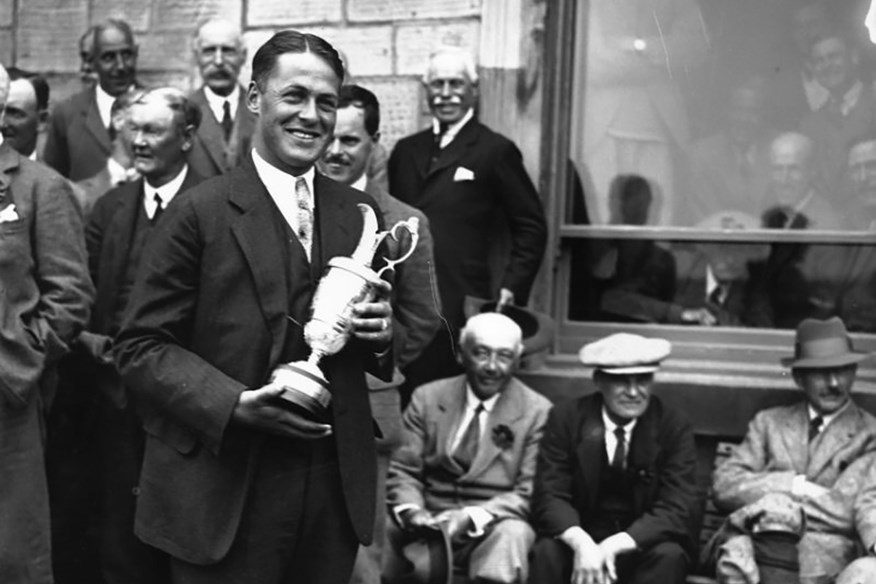
But in the world of Florida-based lawyer Sidney Matthew, who wrote the book on Jones, these facts barely scratch the surface.
“I became interested in Bob Jones when I went to Atlanta to litigate against the law firm he used to work for,” explains the world’s foremost Bobby Jones expert.
“During the breaks, I looked at the memorabilia on the walls and became intrigued by Jones’ life. For me, he was a man of the universe, someone who did it all. A good old boy, who had a profession, but was also a sportsman on the side.”
THE MASTERS: The story of Augusta National’s iconic caddies
This intrigue quickly turned into a thirst for discovery that has spanned nearly 45 years, spawned nine books and a critically acclaimed televised documentary, and sourced enough memorabilia to fill three warehouses.
So, what is it about Jones that keeps Matthew coming back for more? “There is a famous line in the Western movie ‘The Man Who Shot Liberty Valance‘ that says: ‘When the legend becomes fact, print the legend,’” he says.
“In Bob Jones’ case, the truth continues to outdistance the legend, because he was a 24/7 hero. Not only was he the best, unlike modern sporting heroes, the characteristics you saw on the field of play were the same characteristics you saw at home. He achieved everything he achieved as an amateur and through the whole thing he was always a gentleman.”
Such is Matthew’s passion for all things Jones that it is nearly impossible to get a word in edgeways when starts talking about his hero. The moment we did, we asked him to reveal the Bobby Jones stories we didn’t already know…
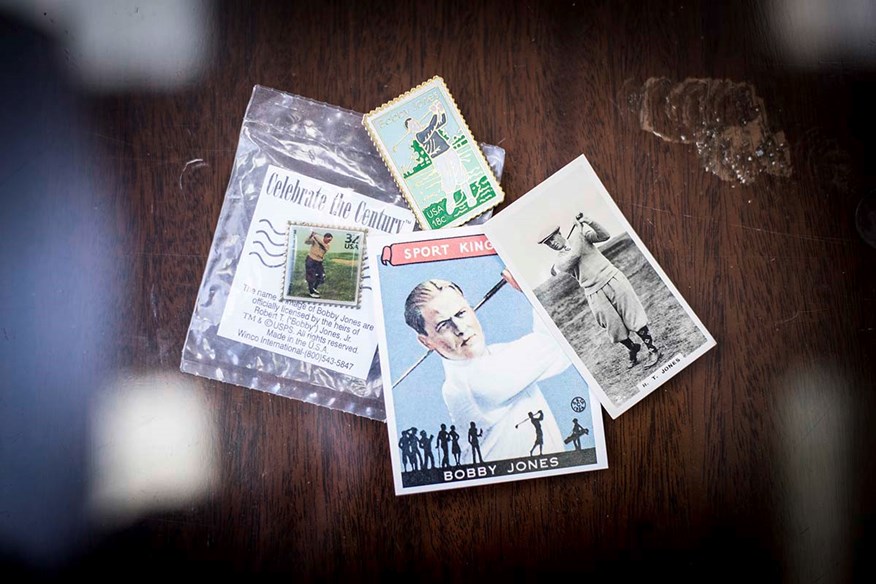
Bobby hated being Bobby
Bobby Jones’ grandfather was Robert Tyre Jones from Canton, Georgia, and he named his son, and Bob’s father, Robert Purmedus Jones. Purmedus was an old family name, but it stuck in Bob’s dad’s craw, as he wanted to be Jr. So, when his son was born, he decided to call the kid Robert Tyre Jones Jr.
Years later, when the members at East Lake began to notice Jones’ prodigious golfing talent, they called him Bobby to differentiate him from his father, Colonel Bob Jones. The name stuck while he was a teenager, but when he graduated from Georgia Tech with a degree in Mechanical Engineering, he told everyone that he was old enough to have outlived Bobby and would prefer to be called Bob.
Most people adhered to that, but The Atlanta Journal’s O.B. Keeler continued to propagate the Bobby Jones bit and then, when he played in Britain during the 1920s, UK golf fans began calling him “our Bobby”. “The nickname stuck for the rest of his life in the UK, and while Jones was good with this, he still felt Robert and Bob were more dignified.
When he became a director of AG Spalding, he insisted the company put the name Robert T Jones Jr. on all the clubs he was endorsing. The one time someone brought out a department store line that had Bobby Jones written on them, Bob made them drop the line because he hated them so much.
THE MASTERS: Ben Crenshaw says “There’s not much strategy left at Augusta”
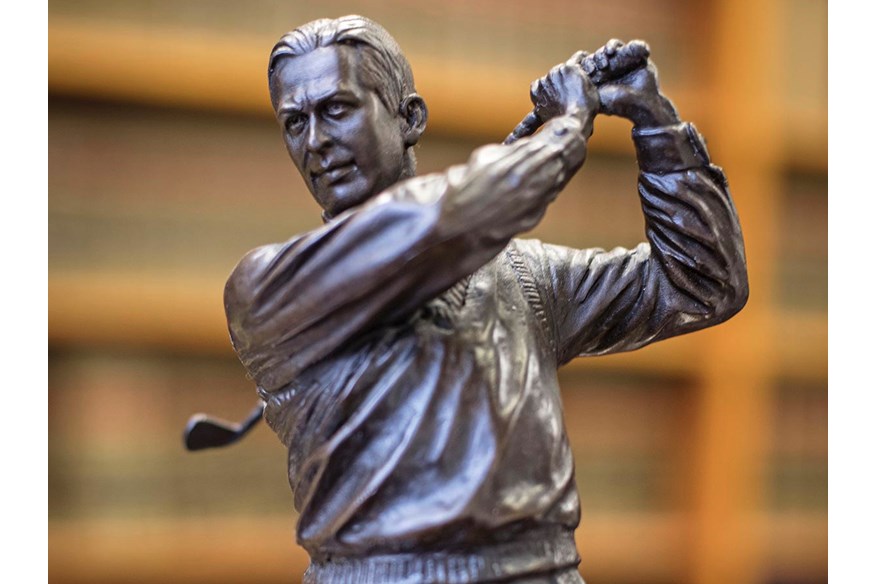
Bob was brilliant from birth
Jones came to national attention when he reached the quarter-finals of the 1916 US Amateur Championship at the age of 14.
But his talent had been noticed locally a long time before then. We have a photograph of him winning his first tournament at East Lake aged six, and by the time he was 11, he was able to shoot 80 round the famous course. He also won the club championship at both East Lake and Druid Hills when he was 13.
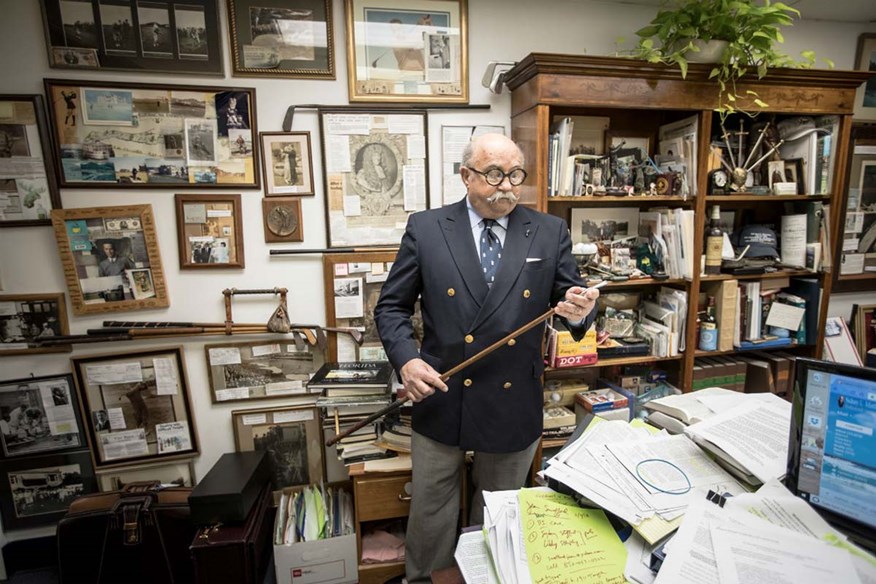
I have a theory that Bobby Jones slept with his putter
Bobby’s Calamity Jane putter is by far and away the most famous of all his clubs. He was given the original in Nassau, Long Island, in the early 1920s by Scottish professional Jimmy Maiden. A few years after this, on November 22, 1925, the East Lake clubhouse burned to the ground. Every single one of Bob’s clubs was lost to the re, except Calamity Jane. This has led me to deduce that Calamity Jane had to have been in his room, as he clearly did not trust putting it in the bag room at East Lake.
He was clearly very attached to that putter. At one point during the 1920s, Spalding clubmaker J. Victor East looked at the original Calamity Jane and said, ‘It’s off’. Bob said, ‘It’s not’. Then East said he could prove it was. He took Bob to a snooker room and set up a pendulum putting device on a snooker table. They put a perfect putter in and the ball went straight down the slate table. Then they put Calamity Jane in and the ball went towards the right pocket.
What had happened was that caddies had been using sandpaper to knock the rust off the blade. Whenever they finished the job, they did a little twist in the center of the sweetspot which, over time, created a hole in the middle of the clubface.
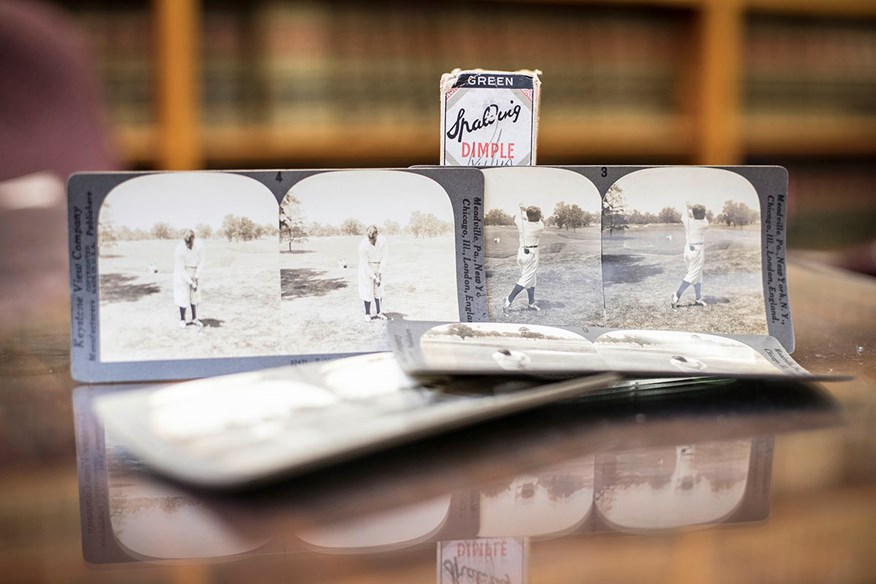
After seeing the evidence, Bob allowed East to make six copies of Calamity Jane. One went in his bag, helped him to win his last 10 major titles, and is now displayed in the USGA Museum in Far Hills, New Jersey, but golf collectors are still looking for the other five. These replicas of Calamity Jane II are special because Jones’ signature is on the back of the putter head and stamped on the shaft.
Bobby terrified New York’s underworld
In the late 1920s, Jones was up in New York playing bridge with New York Police Commissioner Grover Whalen and the head of the FBI in the city. He parked in front of the FBI chief’s house and when he got back to his car at the end of the evening he discovered his clubs had been stolen out of the boot. Whalen put the word out that some mugs had stolen Bob Jones’ clubs and that there would be a crackdown on everybody if they weren’t returned immediately. The next day, they showed up at a pawnshop.
The incident scared Bob into getting his clubs copied. He took his set to Tom Stewart in St Andrews, and the clubmaker reproduced them for him. Once he had done this, Stewart decided he would make some money by making copies of the clubs used by RT Jones Jr. and began to advertise this service. Word got back to Jones, who quickly wrote a letter asking Stewart to stop making the copies, as having his name on clubs that were being sold compromised his amateur status (a similar incident had seen the USGA declare Francis Ouimet a non-amateur). Because of this halt to Stewart’s money-making scheme these bootleg copies are rare and extremely sought after.
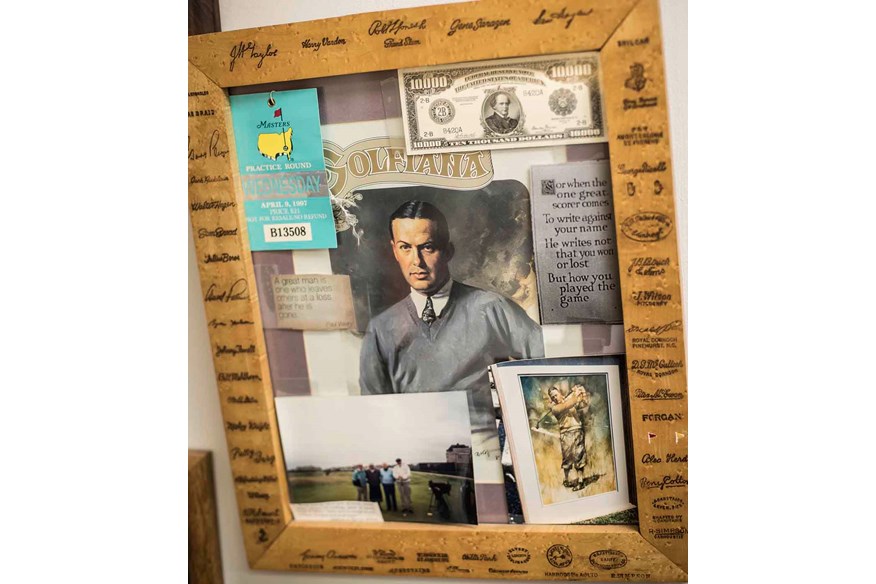
Bobby Jones never – ever – played golf for fun
One time leading American amateur Chick Evans walked on to the 1st tee and said, ‘Bob, we are good friends – let’s just play for fun rather than trying to beat each other’s brains out.’ Bob replied, ‘Forget it. You had better try to beat my brains out, because when I beat you I don’t want you to have any excuses.’ Bob thought that not going out to try to win was not sportsmanlike and always wanted his opponents to play their very best, as that meant he was either able to say, ‘I beat you when you were playing you’re A-game,’ or, ‘Good on you, you beat me playing your A-game.’
Bobby didn’t bet on himself for the Grand Slam. It was reported that Bob bet on himself to win the Grand Slam in 1930 – the US Open, the Open Championship, the US Amateur and the Amateur Championship. But that is simply not true. Although he did conceive the idea of winning the grand slam four years before he achieved it, he didn’t feel gambling was ethical and was sick to the stomach that his friends were betting on him.
The first person to place a bet on the Jones grand slam was Scottish professional Bobby Cruickshank. Early in 1930, he was drawn to play alongside Jones in a professional tournament in Augusta, Georgia.
Jones won this event by something like 16 shots and, having seen how well he was playing, Cruickshank said, ‘I know what you are going to do this year, Bob. You are going to win all the major championships in one year.’
He went to Lloyd’s of London, put the bet on at odds of 50-1 and ended up winning $60,000. Once Cruickshank had placed his bet, word began to spread and pretty soon any club that had a connection to Jones was trying to place a bet. In the end, Lloyd’s was so inundated it had to limit the stake to $500 per club.
THE MASTERS: The caddies give their anonymous opinions on Augusta
Building Augusta National Golf Club was insane
The decision to build Augusta National at the height of the depression was an extraordinary one. At the time, no one else was opening golf courses and a lot of the established ones were shutting down. The club managed to secure the majority of the building costs from three investors, but were really struggling to pay the bills once the course opened. They reorganized twice, which was essentially a trick to avoid bankruptcy.
Then, in 1934, they came up with the idea of hosting a tournament that would generate some gate money and publicity. They promoted the event using Bob Jones’ fame and notoriety, and got the international media on board by paying for their travel between New York and Augusta and putting them up in a nice hotel for free. It was a brilliant marketing strategy and it worked. Everyone thought the Augusta National Invitational was some kind of party and by the time 1939 came around, this annual tournament had evolved into The Masters.
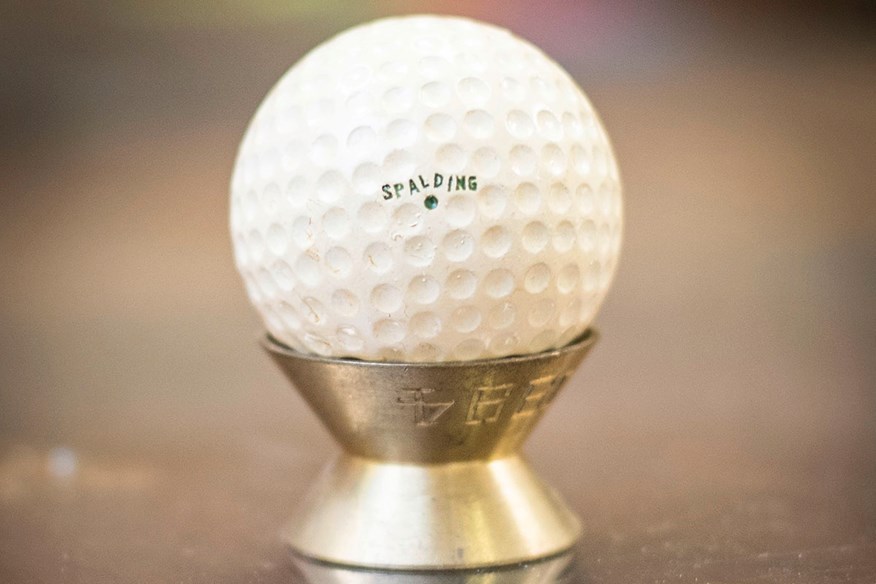
Even during the war, Bobby Jones found time to play golf
Despite being nearly 40 when America entered World War II, Jones joined the US Army Air Forces and served in England with the 84th Fighter Wing.
His primary assignment was intelligence, so he endeavored to stay out of the public eye, but there is a photograph of him in his uniform that proves he played at least one round at Royal Lytham.
We also know that he landed in Normandy two days after D-Day and was promoted to the rank of lieutenant colonel before he left the military.
No one really knows what caused his death
Officially, Bobby died of syringomyelia in 1971, aged 69. Syringomyelia is a rare condition where a cyst or fluid-filled cavity forms within the spinal cord. It tends to be either congenital or caused by trauma and there were several traumatic incidents in Jones’ life that could have caused it.
First, as a young child, he fell off the porch of his family’s farmhouse and hurt his neck on a metal garbage can. Second, one day he was running to get into the East Lake clubhouse when lightning hit the chimney and dislodged a number of bricks. One of these bricks ripped through Jones’ umbrella, hit the back of his neck, tore his shirt, and left a bloodstain on his back.
Third, he woke up with a crick in his neck prior to a match in 1926 and a physiotherapist was called in to do an adjustment that may not have been properly carried out.
And fourth, in the late 1940s, he had an operation ‘to relieve pressure’ that involved surgeons going in to his neck and digging around. Given he was diagnosed with syringomyelia soon after this, I have a theory that the operation could have caused scar tissue that exacerbated the problem instead of alleviating it.
MORE FROM THE MASTERS
– With anonymity guaranteed, the caddies reveal all about Augusta
– Trevor Immelman reflects on his Augusta triumph and career
– Inside Augusta National’s clubhouse
-
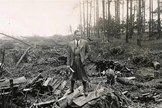 Author Sidney Matthew reveals the truth behind the legend of Bobby Jones, Augusta National Golf Club's co-founder.
Author Sidney Matthew reveals the truth behind the legend of Bobby Jones, Augusta National Golf Club's co-founder.
-
 Bobby Jones' golf ball.
Bobby Jones' golf ball.
-
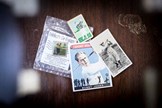 Golfer and Augusta co-creator Bobby Jones postage stamps.
Golfer and Augusta co-creator Bobby Jones postage stamps.
-
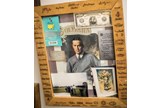 A painting of golfer Bobby Jones by James A.A. Berrie.
A painting of golfer Bobby Jones by James A.A. Berrie.
-
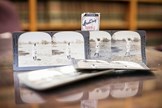 Photos of golfer Bobby Jones from 1929.
Photos of golfer Bobby Jones from 1929.
-
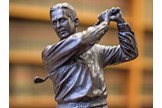 A statue of golfer Bobby Jones.
A statue of golfer Bobby Jones.
-
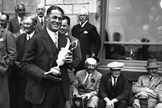 Bobby Jones won The Open as an amateur at St Andrews.
Bobby Jones won The Open as an amateur at St Andrews.
-
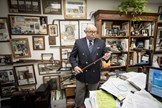 Sidney Matthew looks at one of Bobby Jones' golf clubs.
Sidney Matthew looks at one of Bobby Jones' golf clubs.
